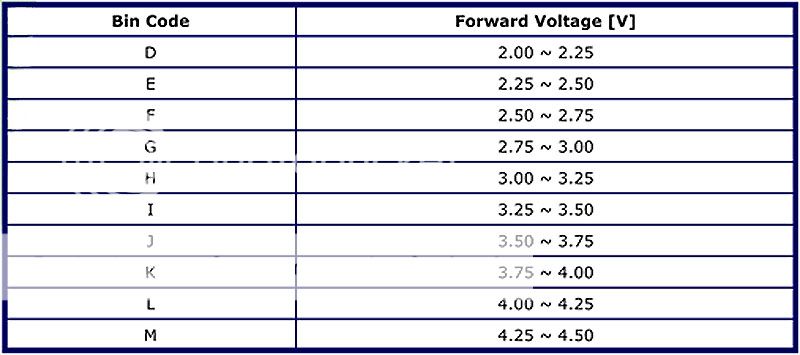Hey guys!!! Been reading a lot about making custom lights. I think the time has finally arrived where I want to begin customizing my own lights...
I think my first project will be based on the sticky about a p7 in a 3D Maglite... i think i'd like to make 3 or 4 of them to give to family and friends.
Was hoping for some pointers.
I'll get getting...
-3D Maglite (will be running NIHM D cells)
-This SSC P7 (Not sure if it's the right one, can someone point me to the right one if i'm looking at the wrong one?)
-P7 SSC HAIII Heatsink
-Arctic Alumina Thermal Adhesive (Any suggestions on the amount i should buy?)
-Artic Silver 5 Thermal Compound (Any suggestions on the amount i should buy?)
-22 gauge teflon wire
-UCL Lens - 52.1mm x 1.90mm
-A 30W Soldering Iron from Dealextreme
-0.6mm Solder Wire with 2% Flux from Deal Extreme
Does this sound like a complete list of what I'll need aside from actual basic tools such as allen wrenches and a dremel?
I'm really excited to try this!!!
I believe this creates a "Direct Drive" flashlight that will dim as the battery energy gets expended?
Should i be doing this first and then once I get the hang of it, get a "circuit board" or whatever the gizmo is that helps the light maintain a certain output continuously?
EXCITING!
Thanks for any responses!
I think my first project will be based on the sticky about a p7 in a 3D Maglite... i think i'd like to make 3 or 4 of them to give to family and friends.
Was hoping for some pointers.
I'll get getting...
-3D Maglite (will be running NIHM D cells)
-This SSC P7 (Not sure if it's the right one, can someone point me to the right one if i'm looking at the wrong one?)
-P7 SSC HAIII Heatsink
-Arctic Alumina Thermal Adhesive (Any suggestions on the amount i should buy?)
-Artic Silver 5 Thermal Compound (Any suggestions on the amount i should buy?)
-22 gauge teflon wire
-UCL Lens - 52.1mm x 1.90mm
-A 30W Soldering Iron from Dealextreme
-0.6mm Solder Wire with 2% Flux from Deal Extreme
Does this sound like a complete list of what I'll need aside from actual basic tools such as allen wrenches and a dremel?
I'm really excited to try this!!!
I believe this creates a "Direct Drive" flashlight that will dim as the battery energy gets expended?
Should i be doing this first and then once I get the hang of it, get a "circuit board" or whatever the gizmo is that helps the light maintain a certain output continuously?
EXCITING!
Thanks for any responses!





